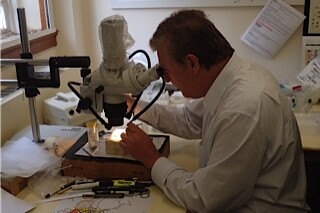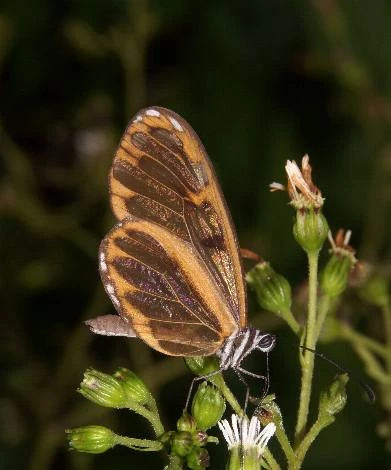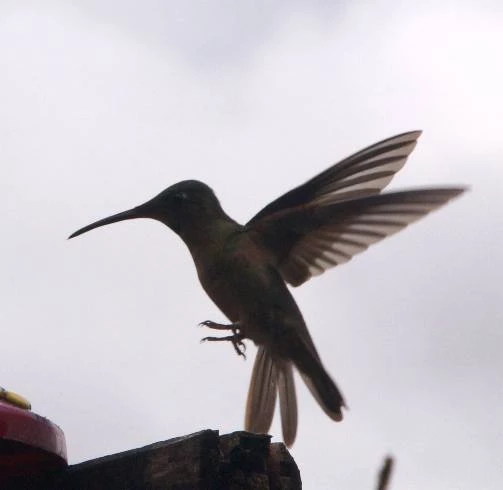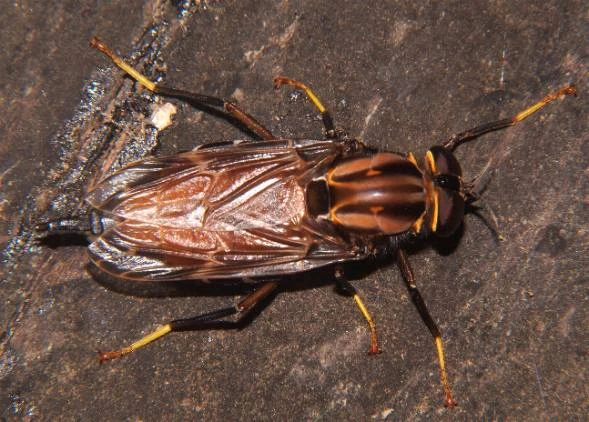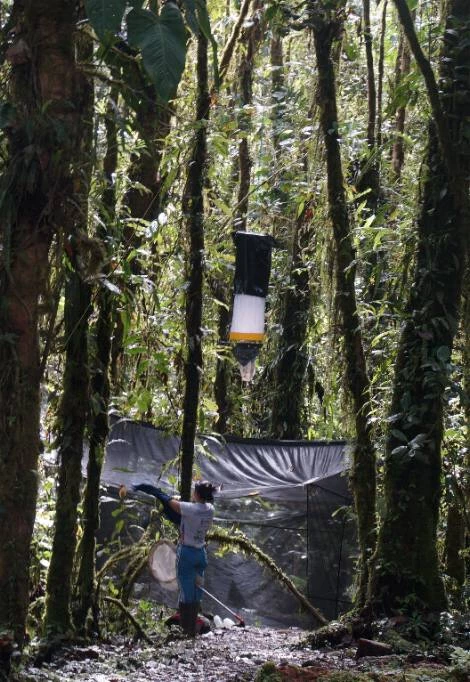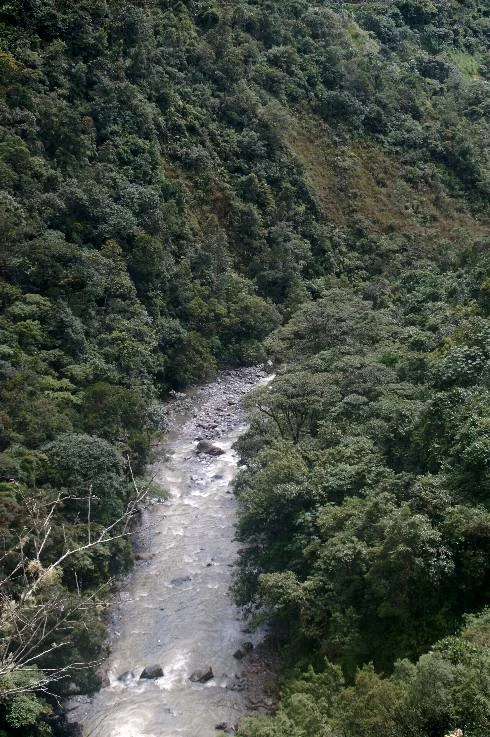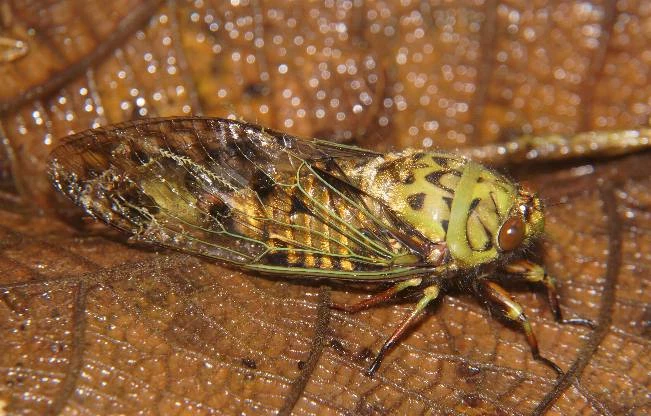Adrian in the Amazon - final part
, 1 Mai 2015
Our expedition has now drawn to a successful close. Our collections of several thousand specimens have (mostly) been successfully exported from Ecuador and initial analysis of them has started. Entomological expeditions to remote areas are great fun of course. However the less glamorous but harder work comes later, involving months or years of detailed study during which new species are described, evolutionary trees constructed, and ecological or biogeographic conclusions etc. are developed.
In the field there may be great excitement about finding a particular insect but to a scientist, the level of excitement can only grow as the real significance of the finding is revealed subsequently through painstaking study and reference to our already extensive collections. Already we have glimpses of results that might tell us more about how the insect fauna of the upper Amazon Basin came about. For example the unexpected presence of Cladodromia (a classic ‘Gondwanan’ genus) suggests there has been immigration from Patagonia whereas the high diversity of Neoplasta (which is essentially North American) hints at a south-bound migration along the Andes. On the other hand, an almost complete absence of Hemerodromia puzzles us as it is widespread in the lower Amazon so why didn’t we find it higher up? We suspect that the answer may be that it has only recently arrived in South America and is still spreading to Ecuador. Then again the unseasonal rains (due to a strong El Niño this year) may be a factor. Investigations continue.
In the field, our successes were often hard-won; difficult slogging through trying terrain, inclement weather, frustrating officialdom and many other factors sometimes worked against us it seemed, and intermittent access to the internet made writing these blogs challenging at times. We have been very fortunate in that our expedition was entirely and well-funded by the Brazilian Government as a part of their noble and ambitious efforts to understand the biodiversity of the Amazon. Our own exertions will plug one significant hole in knowledge and contribute to greater appreciation of Amazon biodiversity.
To read all of Adrian's entries, go to our Natural History Blog
